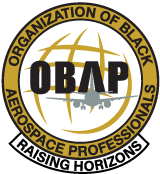Professional Associations that Strengthen an EB-2 NIW Petition for Airline Pilots
Date of Information: 07/07/2025
Check back soon; we update these materials frequently

U.S. immigration law allows foreign nationals to self-petition for permanent residency under the EB-2 National Interest Waiver (NIW) if their work has substantial merit and national importance. For commercial airline pilots, demonstrating national significance often requires proof of elite standing and active engagement in the professional community.
Membership in the following civil aviation associations strengthens the argument that your contributions to air safety, security, and training are in the national interest of the United States:
Air Line Pilots Association, International (ALPA)
The largest pilot union in the world.
Represents more than 60,000 pilots at 38 U.S. and Canadian airlines.
Known for its strong advocacy on aviation safety, labor rights, and regulatory policy.
Website: www.alpa.org
International Federation of Air Line Pilots’ Associations (IFALPA)
A global federation of pilot associations.
Offers a platform for international safety collaboration and standard setting.
Membership signals global-level engagement and leadership in aviation policy.
Website: www.ifalpa.org
Experimental Aircraft Association (EAA)
While best known for general aviation, EAA fosters innovation and pilot education.
Active participation demonstrates commitment to continuous improvement and mentorship within the aviation community.
Website: www.eaa.org
Aircraft Owners and Pilots Association (AOPA)
Promotes general aviation, safety programs, and public education.
Supports a wide network of flight training and pilot advocacy.
Website: www.aopa.org
National Business Aviation Association (NBAA)
Represents pilots and professionals in the corporate aviation space.
Membership shows industry engagement beyond commercial airline operations.
Website: www.nbaa.org
Women in Aviation International (WAI) (Open to all genders)
Focuses on professional development and mentorship in aviation.
Demonstrates leadership in diversity and inclusion, aligning with public interest objectives of the NIW.
Website: www.wai.org
International Society of Air Safety Investigators (ISASI)
Ideal for pilots with safety, accident investigation, or operational oversight credentials.
Signifies expert-level contribution to aviation safety culture.
Website: www.isasi.org
Civil Air Patrol (CAP) – U.S. Air Force Auxiliary
Volunteer service in CAP offers an additional layer of national service and public safety commitment.
Membership is particularly strong evidence of “national importance” in EB-2 NIW filings.
Website: www.gocivilairpatrol.com
Organization of Black Aerospace Professionals (OBAP)
Diversity & Inclusion Advocacy: OBAP (Organization of Black Aerospace Professionals) promotes the advancement of underrepresented groups in aviation and aerospace, aligning with U.S. national interests in workforce diversity and equity.
Professional Development: Offers mentoring, scholarships, and networking opportunities for pilots and aerospace professionals, which demonstrates commitment to leadership and excellence—key for EB-2 NIW cases.
National Impact: Partners with airlines, government agencies, and educational institutions to address pilot shortages and expand access to aviation careers, reinforcing the NIW criterion of work with broad U.S. significance.
Website: www.obap.org
✍️ General Tips:
Wherever possible, seek active roles (committee participation, speaking engagements, certifications).
Include letters of recommendation from association leadership if available.
Highlight your contributions to safety, innovation, or public service through these affiliations in your petition.
FAQ: Professional Associations that Strengthen an EB-2 NIW Petition for Airline Pilots
What kinds of associations are most persuasive for an EB-2 NIW pilot case?
Associations tied to aviation safety, policy, and professional standards (e.g., ALPA, IFALPA, ISASI), as well as organizations that show broad industry engagement (AOPA, NBAA, EAA) or leadership in diversity and workforce development (WAI, OBAP), are especially persuasive because they connect your work to U.S. national interests in safety, reliability, and a resilient pilot workforce. Charles International LawHow do I show that membership supports “national importance”?
Document activities that clearly benefit the U.S. public: safety initiatives, accident-prevention work, training/mentoring, committee service, conference presentations, or policy input. Tie each activity to outcomes that improve safety, capacity, or resilience in U.S. aviation. Charles International LawDoes simple membership help, or do I need active roles?
Active roles carry more weight. Committee service, elected positions, speaking, publishing, mentoring, or standards work turn passive membership into evidence of leadership and impact. Your page specifically encourages seeking active roles wherever possible. Charles International LawWhich safety-focused memberships stand out?
ALPA (pilot safety/advocacy), IFALPA (global safety collaboration), and ISASI (accident investigation and safety expertise) are strong because they map directly to aviation safety—central to national interest arguments. Charles International LawI’m primarily an airline pilot—do “general” aviation groups still help?
Yes. AOPA, NBAA, and EAA can still demonstrate continuous improvement, broader industry engagement, and mentoring, particularly if you can show concrete activities (seminars, safety programs, training, innovation). Charles International LawHow do diversity-focused organizations (WAI, OBAP) support NIW arguments?
They evidence leadership and public-interest contributions by expanding and strengthening the pilot pipeline, mentoring underrepresented aviators, and partnering with airlines/educators—helping address systemic shortages and enhancing workforce resilience. Charles International LawDoes Civil Air Patrol (CAP) really help an NIW?
Yes. CAP service aligns with public safety and emergency response. It’s a clear signal of national service and can be framed as directly advancing U.S. public-interest objectives in aviation. Charles International LawWhat documents should I collect to prove membership impact?
Gather proof of membership, leadership confirmations, committee appointments, conference programs, presentation slides, publications, safety bulletins you contributed to, mentorship logs, awards, and letters of recommendation from association leaders (if available). Charles International LawAre letters of recommendation necessary?
They’re not strictly required but are highly useful when signed by association leaders who can speak to your specific contributions, safety impact, and leadership. Your page recommends including them where possible. Charles International LawHow do I connect international involvement (e.g., IFALPA) to U.S. national interest?
Explain how global safety collaboration and standards work reduce risk in U.S. airspace and for U.S. carriers, passengers, and infrastructure. Map your activities to concrete U.S. benefits (incident reduction, harmonized procedures, training improvements). Charles International LawWhat if my role is mostly training and mentoring?
Training directly supports national interest by improving safety and capacity. Document curricula, cohorts mentored, measurable outcomes, and endorsements from program leads or association officials. Charles International LawAre union memberships (like ALPA) acceptable evidence?
Yes—especially with safety committee work, policy input, or standards development. Show how your union-based activities produce broader safety and public-interest benefits beyond your employer. Charles International LawCommon pitfalls to avoid when using memberships as evidence?
Avoid listing memberships without substance; lack of activity detail, no corroborating documents, or vague claims of “leadership” weaken the case. Always connect activities to U.S. safety, reliability, or workforce benefits.How should I present this in my NIW packet?
Use a short “Associations & Impact” section: (1) name the organization, (2) describe your role/activities, (3) attach proof, and (4) spell out the U.S. public-interest impact in one or two crisp sentences for each item. Cross-reference letters and exhibits.








